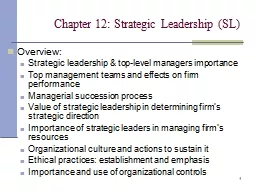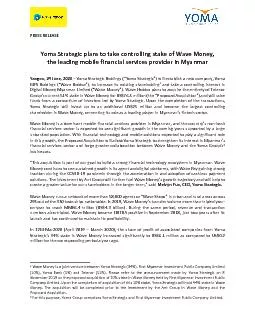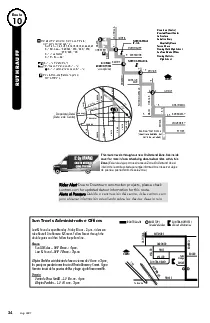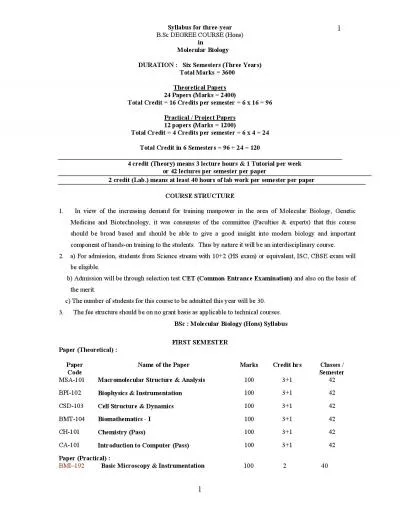PPT-Walaja May [?], 633 Strategic Context
Author : pasty-toler | Published Date : 2018-10-09
After consecutive defeats at the Battles of the Chains and River the Sassanid Persian Emperor Ardsheer sends two armies under Andarzaghar and Bahman respectively
Presentation Embed Code
Download Presentation
Download Presentation The PPT/PDF document "Walaja May [?], 633 Strategic Context" is the property of its rightful owner. Permission is granted to download and print the materials on this website for personal, non-commercial use only, and to display it on your personal computer provided you do not modify the materials and that you retain all copyright notices contained in the materials. By downloading content from our website, you accept the terms of this agreement.
Walaja May [?], 633 Strategic Context: Transcript
Download Rules Of Document
"Walaja May [?], 633 Strategic Context"The content belongs to its owner. You may download and print it for personal use, without modification, and keep all copyright notices. By downloading, you agree to these terms.
Related Documents

![PPT-Walaja May [?], 633 Strategic Context](https://thumbs.docslides.com/687017/walaja-may-633-strategic-context.jpg)












